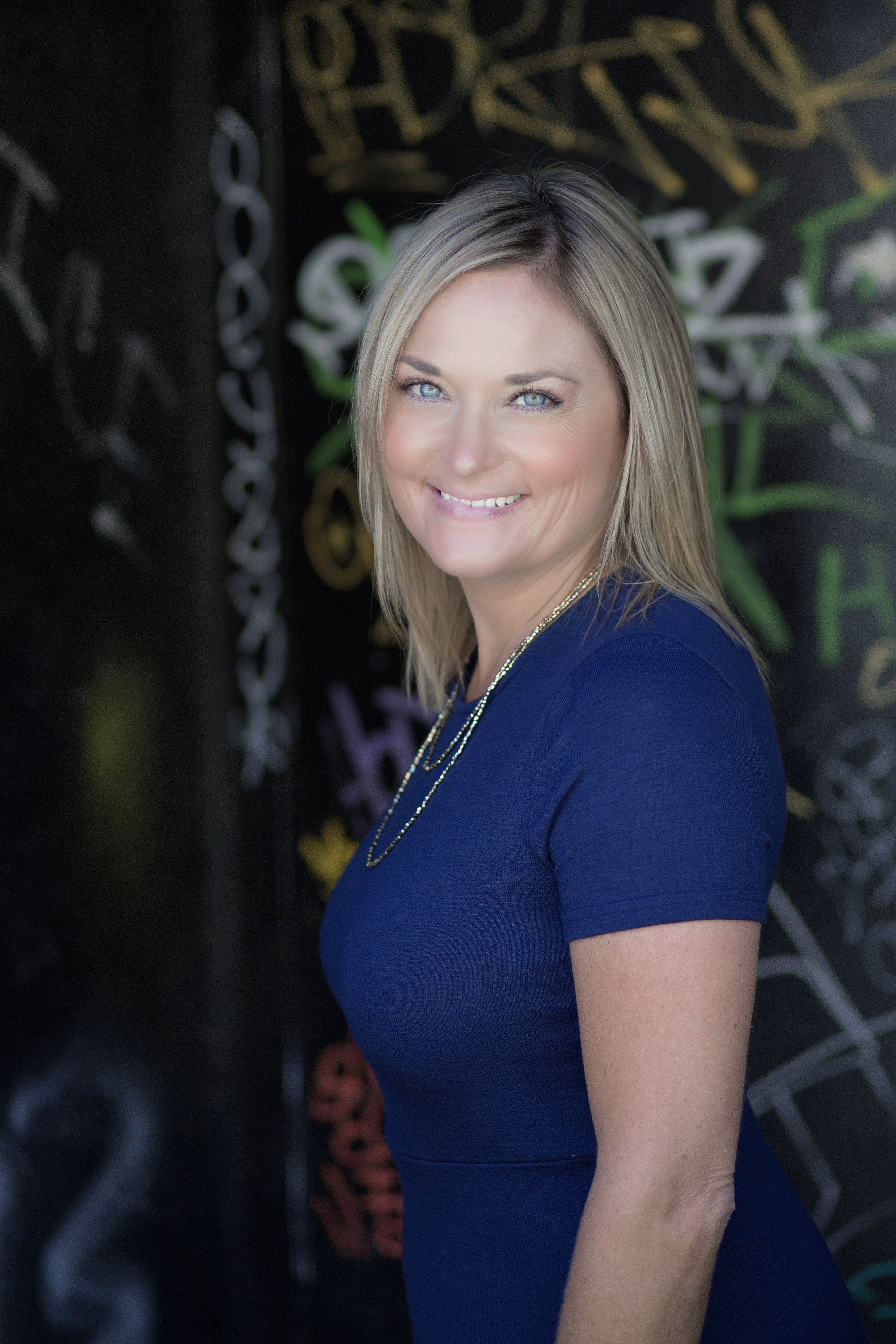Advertisement
Tap Into an Underserved Market With Non-QM Loans

There has long been a segment of the market unable to get a mortgage using conventional lending, and for more than a decade there hasn’t really been another product to offer these borrowers. But non-agency, also known as non-qualified mortgage or non-QM, loan programs have started to make their way into the market and offer these borrowers—who often are self-employed or unconventionally employed in the gig economy—a way to acquire the loan they need. As demand for loans outside the conventional realm grows, the number of non-QM lenders has expanded to more than 40 lenders, with others regularly entering the market. According to data from CoreLogic, non-QM loans represented about four percent of the market in 2018, and some projected that share to increase significantly in 2019, although the final numbers are not yet in. As the market is growing, mortgage professionals unfamiliar with these types of loans will need to become subject matter experts in the non-QM space to succeed with these products.

Defining non-QM
In the simplest terms, a non-QM loan is one that doesn’t meet the criteria of a qualified mortgage, as laid out by the Consumer Financial Protection Bureau (CFPB), under the original auspices of the Dodd-Frank Wall Street Reform and Consumer Protection Act, which set the standards by which a loan could be backed or purchased by government loan programs or government-sponsored enterprises (GSEs), Fannie Mae and Freddie Mac. In addition to the ability-to-repay rule that all loans must meet, qualified mortgages cannot include features considered to be high-risk, like interest-only loans, negative amortization, balloon payments, terms beyond 30 years and excessive points and fees. In addition, qualified mortgages also have to meet at least one of these criteria: The borrower’s debt-to-income ratio (DTI) must be 43 percent or less; the loan must be eligible for purchase, guarantee or insurance through the Federal Housing Administration (FHA), U.S. Department of Veterans Affairs (VA), U.S. Department of Agriculture (USDA) or a GSE; or the loan must be originated by insured depositories with total assets of less than $10 billion, and it must be held in portfolio for at least three years.
With all these rules, it’s easy to see how a loan could quickly fall under the heading of “non-QM.” However, this does not necessarily make the loan a high-risk endeavor. According to research from CoreLogic, there were three main reasons a loan ended up classified as non-QM in 2018:
►Borrowers exceeded the 43 percent DTI requirement.
►Borrowers used limited or alternative income documentation.
►The loan was interest-only.
Conventional loans that meet QM standards have long dominated the market, meaning many potential borrowers are being shut out despite being creditworthy.
The non-QM borrower
Conventional loans accounted for 71 percent of all mortgages this past November, according to the Ellie Mae Origination Insight Report. FHA and VA loans made up 16 percent and nine percent respectively, with just four percent falling into the “other” category. The average FICO score for all closed loans was 736, with an average loan-to-value ratio (LTV) of 77. Looking at just conventional loans, almost 65 percent of these loans were taken out by borrowers with credit scores of 750 or higher. Of course, according to Experian, the average FICO score in the U.S. in second-quarter 2019 was 703. Clearly, a significant portion of borrowers are being left out the mortgage market due to traditional lending’s heightened requirements and need something other than conventional loans.
One of the biggest pools of borrowers left out currently are those who fall under the “self-employed” category or those who participate in the “gig” economy (“gig work” includes anything from long-term freelance or contract work to short-term “gigs” like an Uber or Lyft driver). As of this past fall, Gallup estimated that nearly 40 percent of Americans participate in the gig economy as part of their income stream.7 Although some are looking for full-time employment, many gig workers have deliberately chosen the variety and flexibility of these types of jobs. But an often-overlooked downside to this type of employment is its lack of standard paystubs and W-2s, which means these borrowers may have difficulty securing a conventional home loan, despite meeting income requirements or having quality credit. These borrowers fall under one of the primary reasons for needing a non-QM loan: Alternative or limited documentation.
Borrowers also may need these kinds of non-agency mortgages because of low credit scores, an event in their credit history (like a foreclosure or short sale) or because their debt-to-income ratios are a bit high. Lenders that offer quality non-agency loans are prepared to look at the full financial picture of a borrower, not just accept or deny based on a few numbers on the page.
Non-QM loan offerings
Non-QM loans run the full range of products, from purchases to refinances and from primary residences to investment properties. Mortgage professionals getting started in the market sector will want to carefully examine the offerings of their lending partners to see which products will best suit them and the needs of their clients. Choosing a lending partner knowledgeable about and experienced with non-QM loans is critical to providing clients not only with an appropriate lending vehicle, but also with a lender that will close the loan quickly and smoothly.
Depending on the lender, non-QM mortgages can offer a variety of attractive features for borrowers–not the least of which is finally being able to secure a mortgage. There are purchase loans (primary residence, vacation homes and investment properties), and there are refinance loans available, including cash-out refinances. Some non-QM loans can offer amounts up to $2 million, but usually place caps on cash-out amounts at around $750,000. Some lenders also offer “jumbo” versions of a non-QM, which may go up to as much as $2.5 million with as much as $1 million cash-out. Depending on the loan amounts, non-QM lenders can offer LTVs from 75 percent to 90 percent, with DTIs as high as 50 percent. Non-QM products also have a range of amortization types, from fixed to adjustable rate mortgages and interest-only options.
For borrowers, typically, these types of loans don’t rely heavily on credit scores and may go down as low as 500 FICO, although borrowers with higher scores will likely see improved rates and pricing. Documentation will also vary, from full-doc to one-year alt doc to bank statements. Some non-QM lenders will require bank statements going back 12 or 24 months for borrowers with alternative income sources. Borrowers who earn traditional wages (even if only part-time) can expect to provide any applicable W2 forms and at least one year of tax returns. Non-QM loans are manually underwritten, so mortgage professionals should look for lenders with experience with these types of loans and lenders with a robust underwriting department.
Although many mortgage professionals may be concerned these types of loans take more time than conventional loans, it’s not necessarily the case. Experienced lenders will have the staff needed to handle the additional documentation and will help brokers and originators put together the package they need to ensure a smooth and timely closing. Non-QM loans can close in anywhere from 12 to 45 days, depending on the team behind the work.
Although conventional lending is still dominating the mortgage market today, non-QM loans are a growing sector of the market, helping meet the demand for borrowers who have been shut out too long. Mortgage professionals looking to add these loan products to their portfolio should become well-versed in how non-QM products can help their clients and boost their business. The most critical aspect to succeeding with these loans is finding the right lending partners. Lenders that offer non-QM loans need to have the experience and the staff to lend responsibly with the necessary underwriting resources. There is a wide range of non-QM products available now to meet a variety of borrowers’ situations, and mortgage professionals must include these in their lending portfolio to finally provide borrowers with the mortgages they need and the service they deserve.
Amy Marsh is the business development manager for Carrington Mortgage Services, Wholesale Lending Division, and a non-QM subject matter expert. An industry veteran with more than 13 years of experience in wholesale and correspondent lending and nine years in mortgage operations, she has educated thousands of mortgage professionals. Prior to Carrington, Amy held positions at Impac Mortgage, Endeavor Mortgage, and H&R Block Mortgage. Amy is a relationship mortgage expert and an avid speaker on mortgage-related topics across the nation with a focus on non-QM lending programs.
This article originally appeared in the February 2020 print edition of National Mortgage Professional Magazine.
About the author





